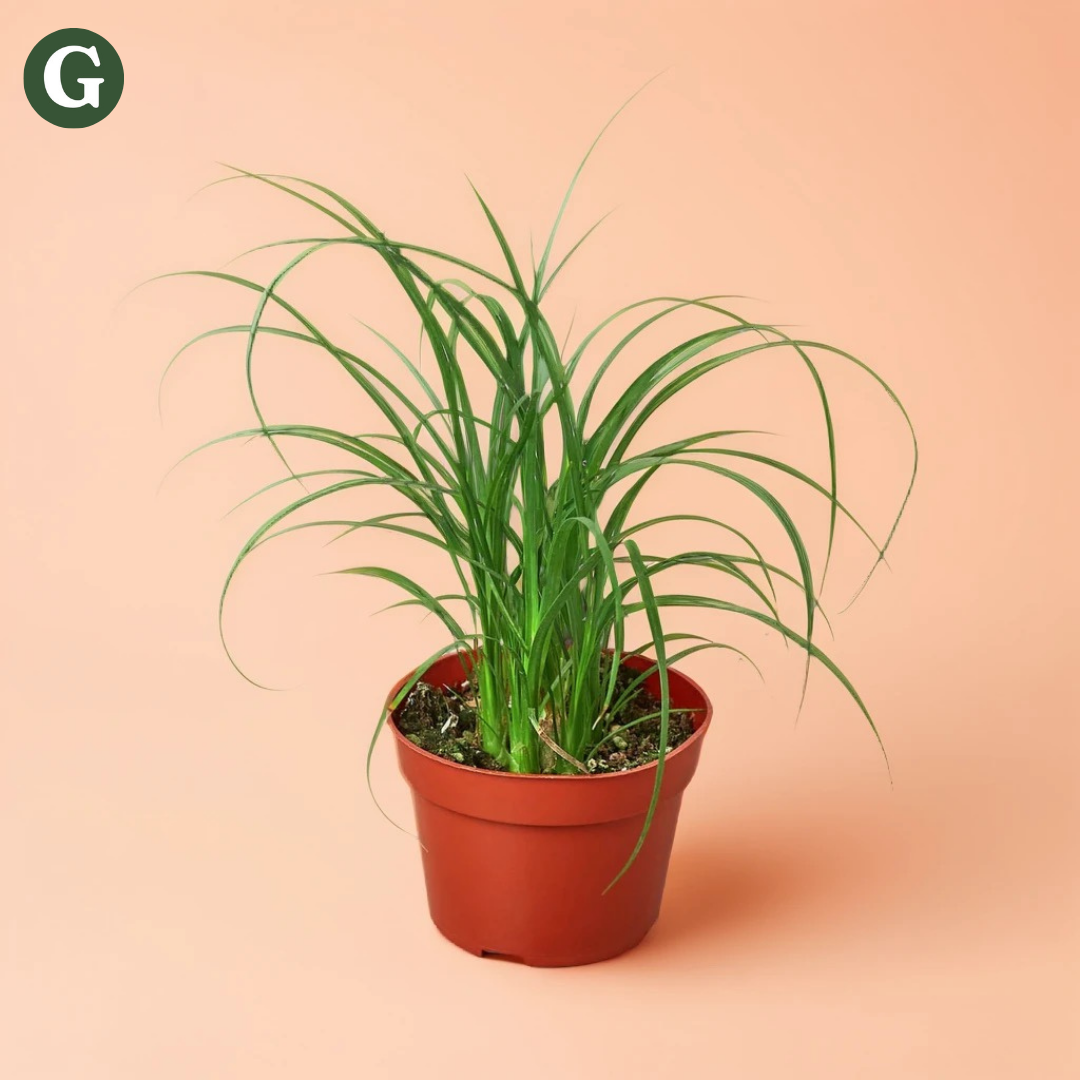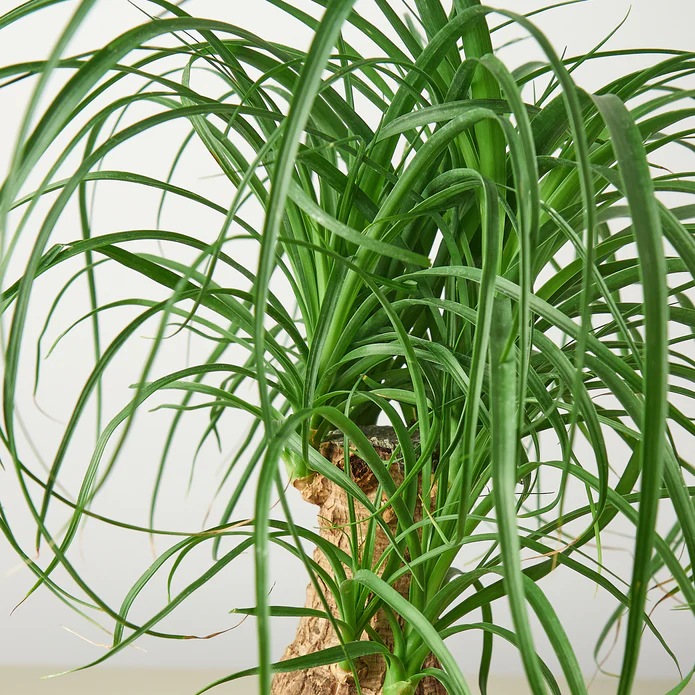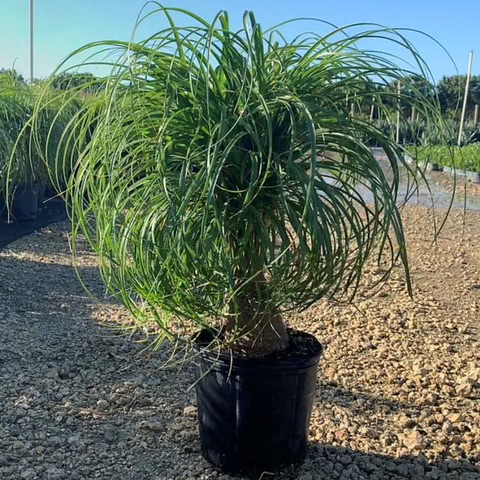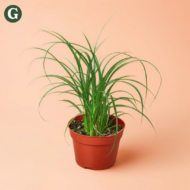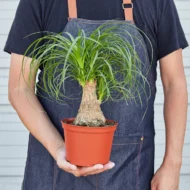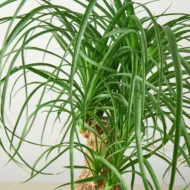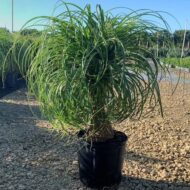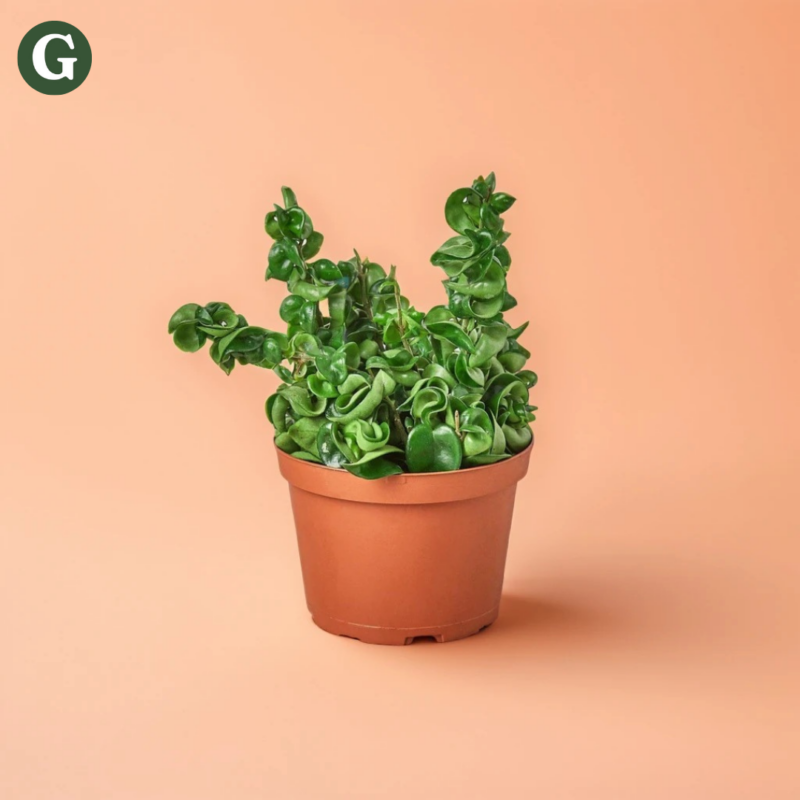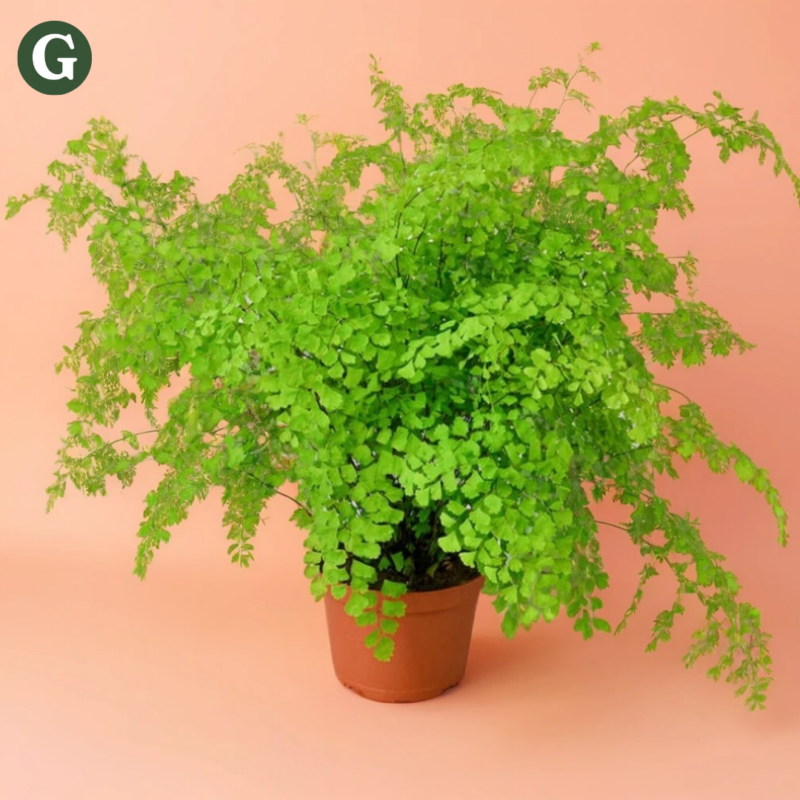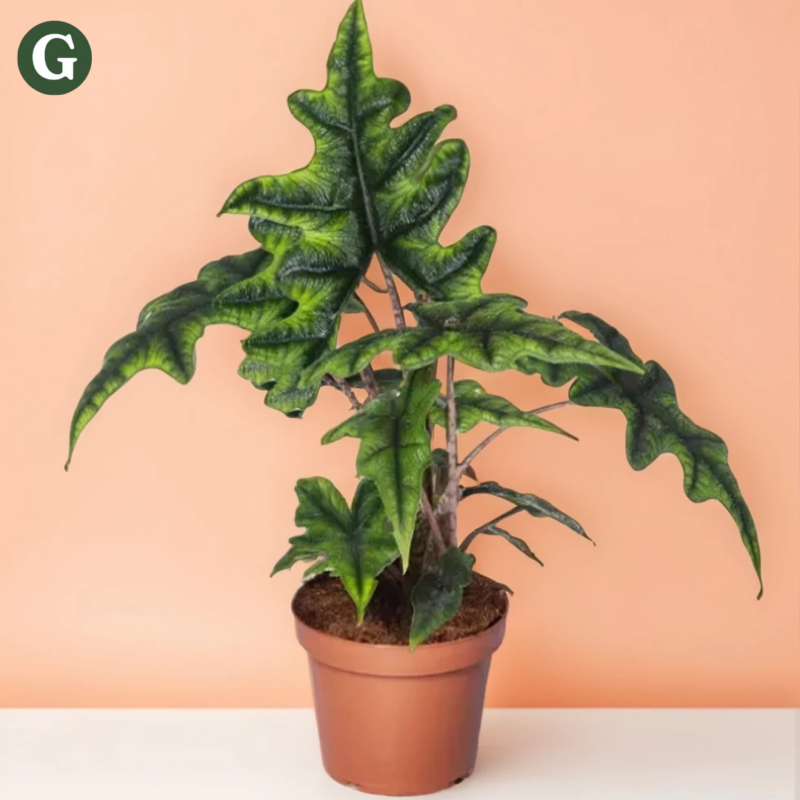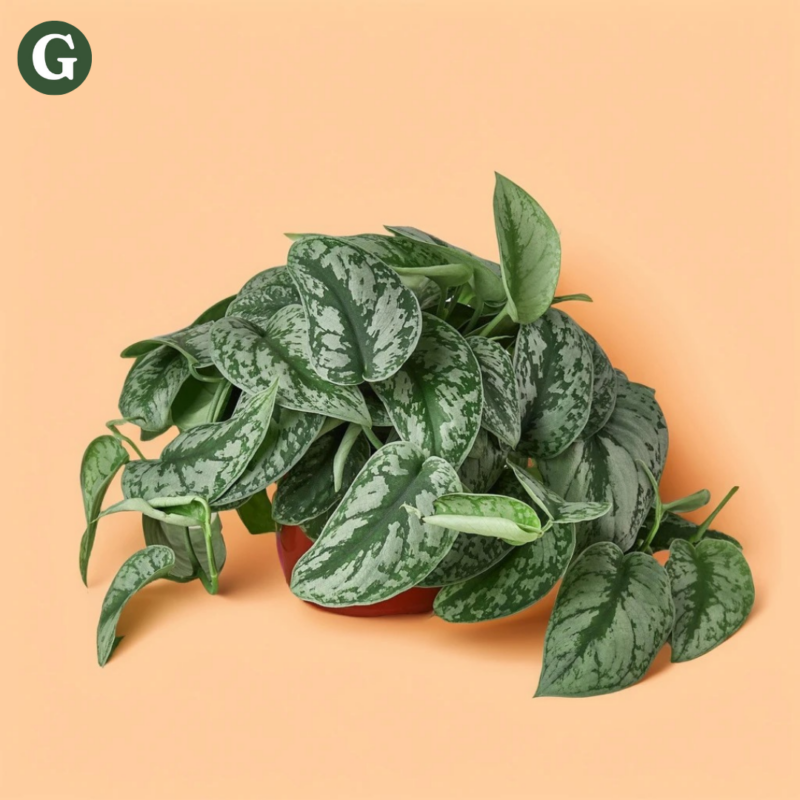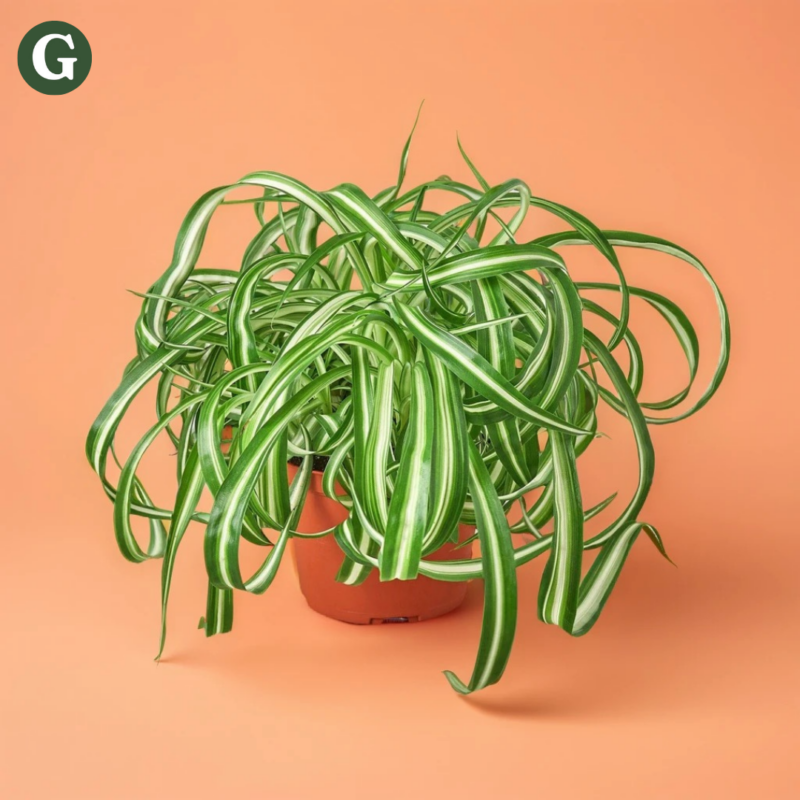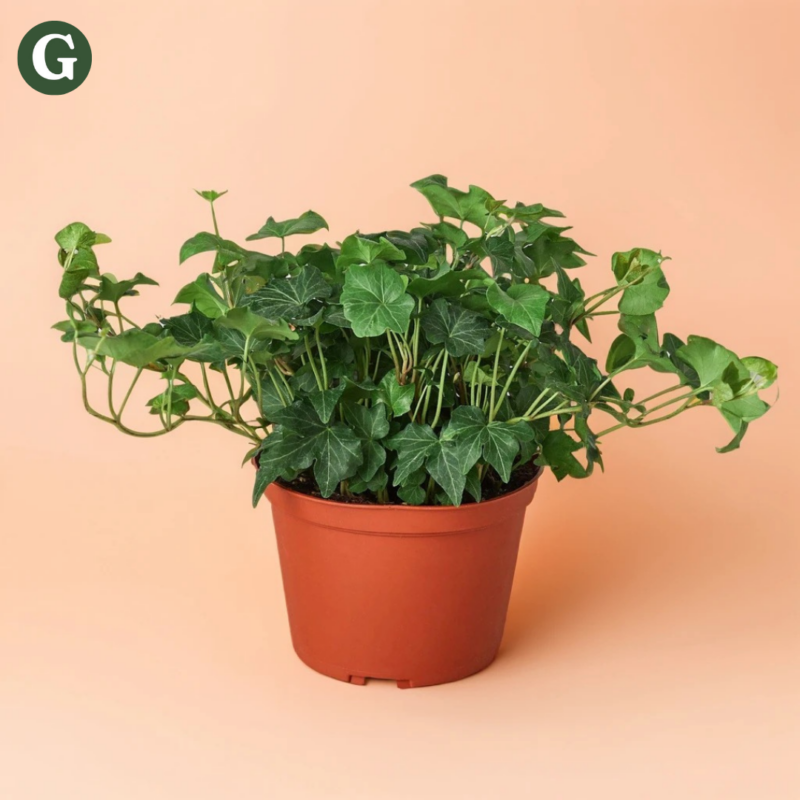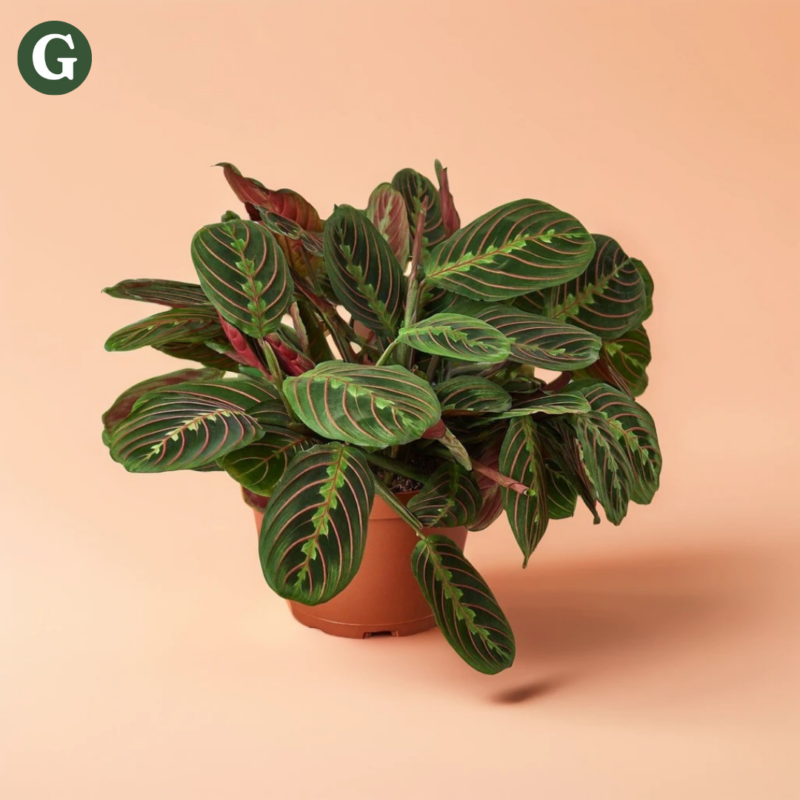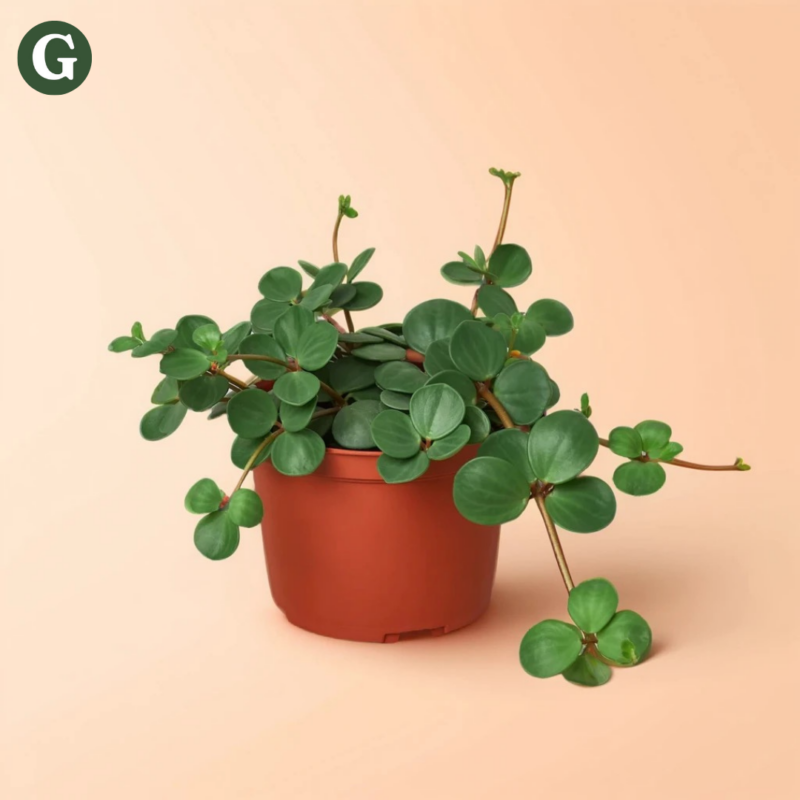Palm Ponytail
Botanical Name: Beaucarnea recurvata
Common Name(s): Ponytail Palm, Elephant's Foot
The Ponytail Palm, also known as Beaucarnea recurvata, is a striking and low-maintenance plant native to Mexico. It is easily recognizable by its thick, swollen trunk that stores water, giving it the appearance of an elephant’s foot. Above the trunk, long, narrow, arching leaves form a “ponytail” shape, creating a unique and tropical look. Despite its name, the Ponytail Palm is not a true palm but is related to agaves and lilies. It typically grows 3-6 feet tall when kept indoors, making it an ideal choice for both small and large spaces.
Ponytail Palms thrive in bright, indirect light but can tolerate some direct sunlight. They are highly drought-tolerant due to their water-storing trunk and prefer to dry out completely between waterings. Overwatering can lead to root rot, so it's important to ensure the soil is well-draining and to allow the plant to go without water for longer periods. They also do well in average humidity and are relatively adaptable to a variety of indoor conditions.
Air Purifying Qualities: The Ponytail Palm, like many houseplants, helps improve air quality by absorbing carbon dioxide and releasing oxygen. While its air-purifying capabilities are not as powerful as larger plants, it can still contribute to a healthier indoor environment.
Note: The Ponytail Palm is non-toxic to pets, making it a safe and pet-friendly choice for homes with animals. However, as always, it’s a good idea to keep an eye on pets to prevent any chewing on the leaves.
Care Insights & Expert Tips
- Fertilize sparingly: Feed your ponytail palm with a balanced liquid fertilizer diluted to half strength once or twice a year during the growing season.
- Repot infrequently: Repot your ponytail palm every 2-3 years, or only when the pot becomes too small. Use a well-draining cactus or succulent potting mix.
- Be patient: Ponytail palms are slow-growing plants, so don't expect rapid growth.
- Unique trunk: The swollen base of the trunk stores water, helping the plant survive periods of drought.

Visit our plant care library
Find essential tips to keep your plants thriving, vibrant, and healthy.
